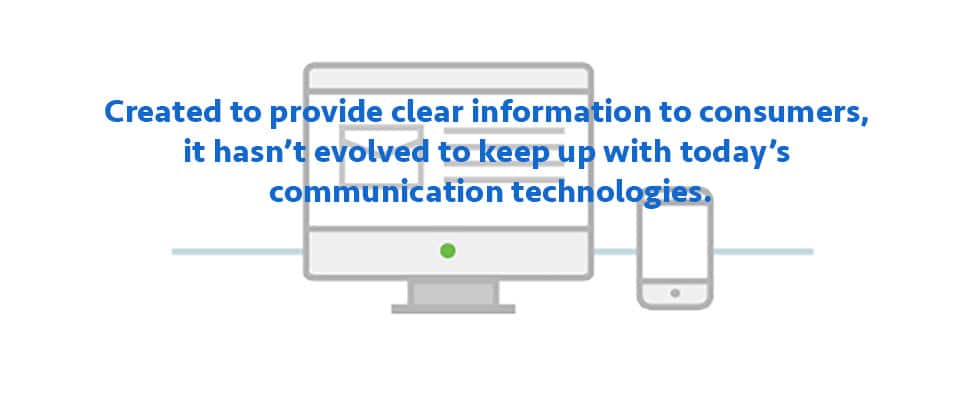
TrueAccord has been refining the debt dispute process since our inception in 2013. We’ve found that offering digital disputes streamlines the conversation between consumers and collectors while also reducing compliance risk. By encouraging consumers to stay engaged during the collections process, we’re creating an opportunity to discuss debt-related concerns. As a result, complaints decrease, leading conversations to move quickly into debt resolution.
The dispute process is as opaque to the collector as it is to the consumer. While respecting the 30-day window and not pressuring consumers to pay while the debt is in dispute, a collector is never quite sure whether a dispute is en route via the postal system. This leaves a long period – days and often weeks –in which the consumer knows that a dispute is “in the mail”– but the collector is still lawfully able to contact them. This creates an ambiguous situation that often leads to consumer complaints.
Managing consumer responses is often difficult. Mailed disputes take time to process and sometimes don’t arrive at their intended destination. They often don’t capture the consumer’s intent and many contain errors. Since FDCPA disputes are the industry standard, consumers resort to using general debt dispute language instead of sharing details of their financial situation (e.g., reporting a bankruptcy) or providing creditor feedback (e.g., reporting a negative customer service experience with the creditor) with the collector. Thus, the dispute process as it exists today may actually impede the quality of communication between the debtor, the creditor and the collector.
Additionally, since the process requires difficult to track manual paperwork, many agencies struggle to properly report dispute data. This can lead to FDCPA and Fair Credit Reporting Act (FCRA) violations. Worst of all, due to the onerous and lengthy dispute procedures, collectors often suspect consumers that enter into the dispute process are either procrastinators or chronic debt evaders. This prejudice prevents them from effectively working with the consumer to address the legitimacy of the dispute and possibly even negotiating a settlement.
These circumstances arise because the current dispute process is broken. Created to provide clear information to consumers, it hasn’t evolved to keep up with today’s communication technologies. As the system stands, collectors fear it, consumers misunderstand it and both end up frustrated – as evidenced by increased dispute-related litigation and complaints to the CFPB. The major pitfalls of the current dispute process and its place with other types of debtor communication suggests a better option exists. We offer the digital dispute as the solution.
Download our FREE digital disputes white paper.
Get started right now.
Whatever your organization’s technical needs, we have the tools and experts to onboard you today.
Get Started